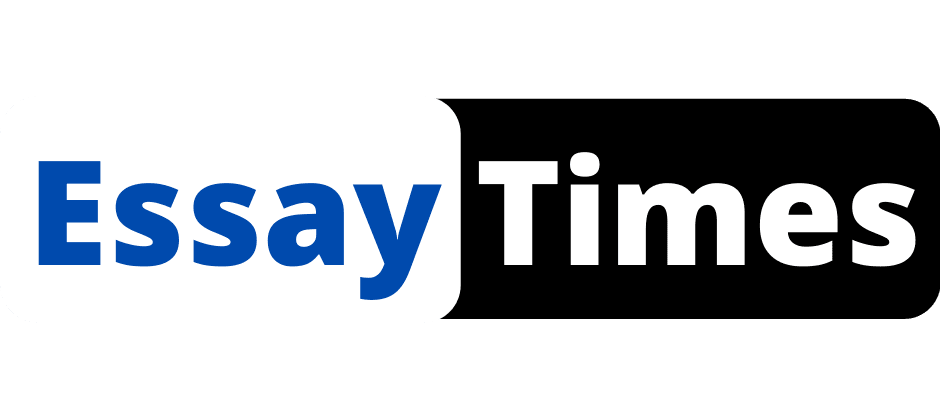What are the different types of nouns?
As one of the fundamental building blocks of language, nouns play a crucial role in everyday communication. Understanding the various categories of nouns can enhance your writing skills and improve your overall language comprehension.
Before we begin our exploration, let’s define what nouns actually are. Nouns are words that typically denote a person, place, thing, or idea. They serve as the subjects or objects of sentences and play a vital role in conveying meaning.
For example, in the sentence “The cat is sitting on the mat,” “cat” and “mat” are nouns that represent the animal and object, respectively.
Nouns can be classified into different types based on their characteristics and functions in a sentence. The following are the main types of nouns:
Common Nouns: These are general names given to people, places, things, or ideas. Examples include “dog,” “city,” and “love.”
Common nouns play a significant role in sentence structure as they can function as subjects, objects, or parts of a larger noun phrase.
Proper Nouns: Proper nouns, on the other hand, refer to specific people, places, or things, and they are always capitalized. These nouns help to distinguish individual entities and convey a sense of uniqueness. For instance:
“I visited the Eiffel Tower in Paris.”
Proper nouns are commonly used to refer to specific individuals, such as names, countries, cities, or brands.
Concrete Nouns: Concrete nouns are tangible and can be perceived through our five senses. They represent physical objects that can be seen, heard, touched, smelled, or tasted. Consider the following examples:
“The tree had beautiful flowers.”
Concrete nouns help create vivid imagery in our minds, making language more descriptive and engaging.
Abstract Nouns: These refer to concepts, ideas, or qualities that cannot be perceived through the senses. Examples include “happiness,” “freedom,” and “knowledge.”
Countable Nouns: These can be counted as individual items and have both singular and plural forms. Examples include “book” (singular) and “books” (plural).
Uncountable (Mass) Nouns: These cannot be counted individually and do not have a plural form. They refer to substances or concepts that are viewed as uncountable masses. Examples include “water,” “information,” and “advice.”
Collective Nouns: These refer to groups of people or things treated as a single unit. Examples include “team”.
Also Read: What Does Mean Task Achievement in IELTS?
Conclusion
By exploring the different types of nouns, we have deepened our understanding of their varied characteristics and usage. Common nouns provide us with a foundation for language, while proper nouns give specificity to our communication. Concrete nouns enhance our ability to create mental imagery, and abstract nouns help us express intangible concepts. Countable and uncountable nouns enable us to quantify objects, and collective nouns bring groups and collections to life. Compound nouns combine words for unique meanings, and possessive nouns indicate ownership.

